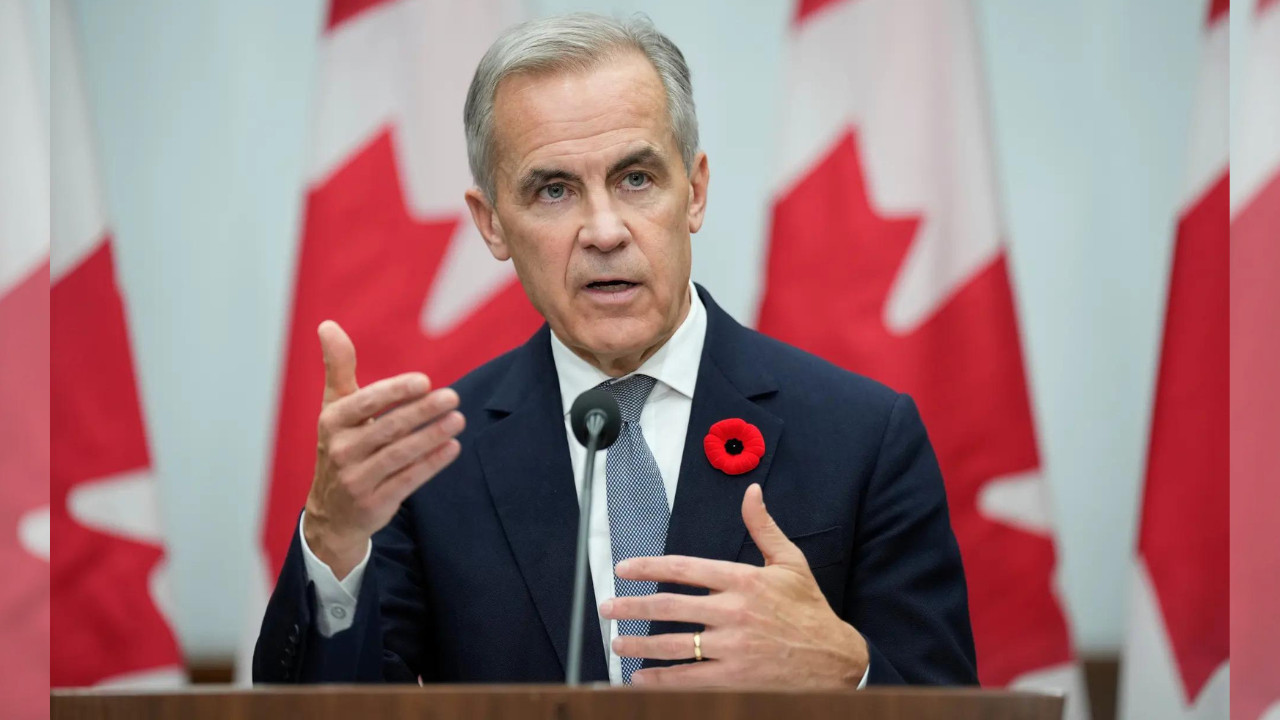President Trump expressed a desire for amicable relations with China but criticized the nation’s past trade practices, attributing them to a lack of business acumen in previous US leadership. He highlighted significant tariff revenues, suggesting potential distributions to citizens. Trump also indicated India has reduced Russian oil purchases, aligning with his desire for peace in Ukraine. A potential trade deal with China is anticipated at the upcoming APEC summit.
Navigating the Tightrope: Trump’s Shifting Stance on China Trade
Donald Trump’s relationship with China has always been…well, let’s just say it’s been complicated. From fiery accusations of unfair trade practices to surprising moments of what appeared to be rapprochement, his administration’s approach to the world’s second-largest economy has kept everyone guessing. Now, a recent series of statements are adding another layer of intrigue to this ongoing saga.
He’s certainly not mincing words. Trump recently declared that if he were to be “nice” to China, it would be on the condition that they adhere to specific terms – terms that haven’t been explicitly laid out but are implied to involve rectifying what he perceives as longstanding trade imbalances. This pronouncement comes amid the backdrop of lingering tariffs – a legacy of his previous administration that continues to cast a long shadow over trade relations between the two nations.
Blame Game: A Familiar Tune
One of the recurring themes in Trump’s pronouncements on China is his tendency to point fingers. He’s squarely placed the blame for the current “rough” state of affairs on his predecessors, accusing them of allowing China to take advantage of the United States for far too long. This narrative, of course, isn’t new. Throughout his presidency, Trump consistently portrayed himself as the only leader willing to stand up to what he saw as unfair trade practices. This populist message resonated with many Americans who felt that previous administrations had been too soft on China.

The reality, however, is far more nuanced. The rise of China as an economic powerhouse is a complex phenomenon shaped by decades of global economic integration, technological advancements, and strategic decisions made by both Chinese and American policymakers. While there’s undoubtedly been friction and disagreement over trade practices, attributing the current situation solely to the failings of past presidents oversimplifies a complex geopolitical challenge.
The $155 Billion Question: What’s the Endgame with China Trade?
Perhaps the most pressing issue stemming from Trump’s earlier policies is the hefty $155 billion in tariffs still in place. These tariffs, imposed on a wide range of Chinese goods, were initially intended to pressure Beijing into making concessions on issues like intellectual property theft and forced technology transfer. However, their impact has been felt far beyond the negotiating table. American consumers have absorbed some of the cost through higher prices, and businesses have struggled with supply chain disruptions and increased uncertainty.
While some argue that the tariffs have been effective in bringing China to the negotiating table, others contend that they’ve been more harmful than helpful, ultimately damaging the American economy without achieving the desired results. The debate over their continued relevance is likely to intensify, especially as the US grapples with inflation and supply chain vulnerabilities.
Walking a Fine Line: The Art of the Deal (Or Not?)
So, what does all of this mean for the future of US-China trade relations? It’s hard to say for sure. Trump’s pronouncements are often characterized by a degree of unpredictability, and his negotiating style is known for its unconventional approach. What seems clear, however, is that he intends to maintain a tough stance on China, leveraging the threat of tariffs and other measures to extract concessions.
The key question is whether this approach will ultimately lead to a more balanced and mutually beneficial trade relationship or whether it will further escalate tensions and potentially trigger a trade war. The stakes are high, not only for the two countries involved but for the entire global economy. Finding a path forward that addresses legitimate concerns without resorting to protectionism will require skillful diplomacy, a willingness to compromise, and a clear understanding of the complex economic realities at play. It requires navigating a tightrope.
See also: Read more about the ongoing global economic landscape and international trade agreements on our [Economic Outlook](internal-link-to-related-content) page.
Ultimately, any successful strategy regarding China trade needs to move beyond blame games and focus on building a sustainable and equitable relationship based on mutual respect and shared interests. Failing to do so risks undermining the very foundation of global economic stability and prosperity.







